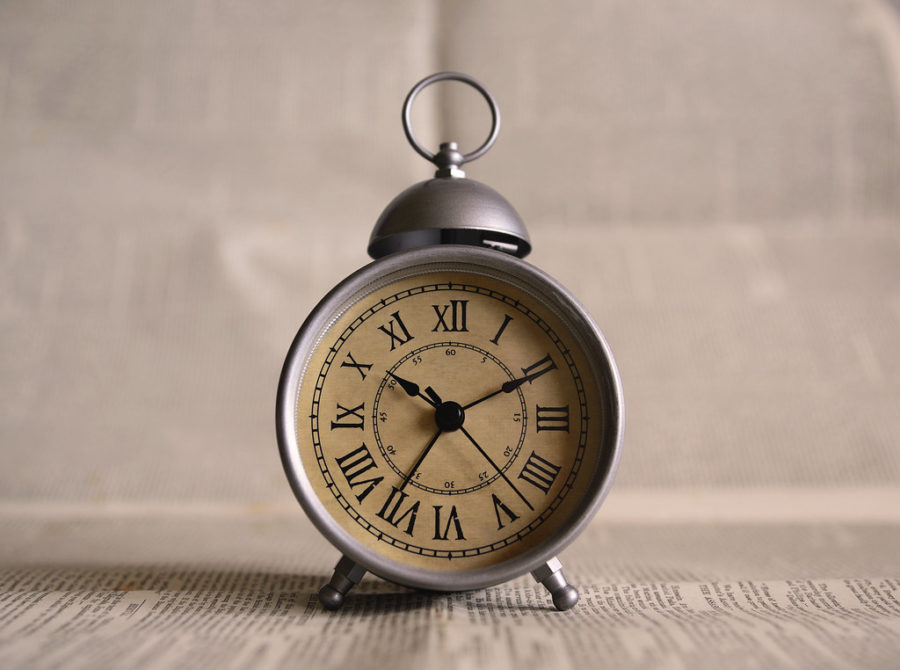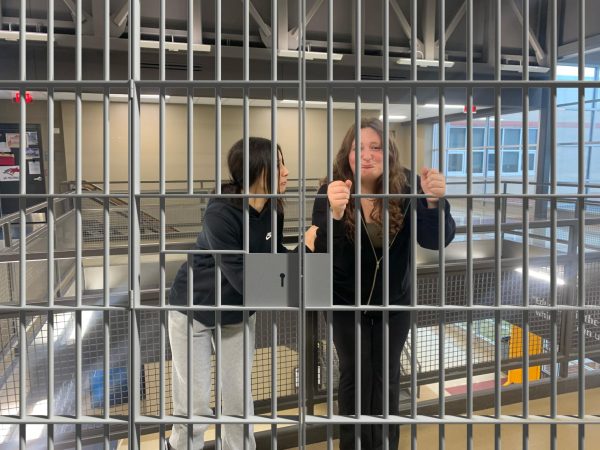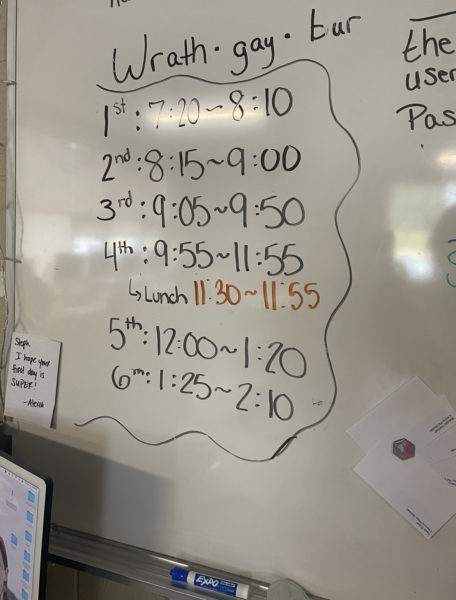The End of Daylight Savings
October 28, 2022
On Tuesday, March 15th the senate passed the “Sunshine Protection Act” to end Daylight Savings time for good and we can all hear America cheering. Daylight savings times, otherwise known as those hour changes we all have to adjust to every second Sunday of March and first Sunday of November called “spring forward” and “fall back,” is one of the only current debates in America that nearly every opinion is similar. This act will take place on November 5th, 2023 as long as it passes through legislation and receives the president’s signature. The act will cause the “fall back” time we fall into on the 5th to become the permanent nationwide time measure. Every time zone will keep its individual times yet does not jump forward or fall back ever again.
The positive aspects of daylight savings time, while little, can definitely explain why we have kept daylight savings around for as long as we have. One of the benefits of daylight savings is the most obvious, extra hour of daylight that we get compared to the usual Another one of the benefits is the crime rate. The crime rate has been recorded to be lower during the fallback era of daylight savings. This is likely because when it’s not as dark, there aren’t as many opportunities to sneak and do something because you will be less likely to be seen. The light also lowers the chances of car accidents. Another positive of daylight savings time is energy consumption. Whenever there’s more time in the day and more daylight people have more time to go shopping or make other economic decisions.
While there’s a small quantity with large positive effects, the negative aspects are large in both quantity and quality. One of the biggest complaints with daylight savings is the fact that we lose sleep. This aspect is bad in more than just one individual way. This affects the adult and teenager’s sleep schedules because of their responsibilities. Having to go to work and/or school requires having a decently set schedule both in your daily life as well as you

r sleep schedule. The spring forward part of daylight savings time makes keeping a managed schedule difficult because it takes away an hour of the day as well as an hour at night. This hour of spring forward also makes it difficult to keep kids on a good schedule because they can’t understand the concept of why we move our time schedules. Another negative aspect of the spring forward in daylight savings time is depression. According to the study conducted by Epidolomogy, seasonal depression has been known to increase by over 10% during the fallback hours of Daylight savings time.

As well as the overall overbearing nationwide opinion of wanting to get rid of daylight savings time, our locals here at McCracken County High School also have a negative opinion of daylight savings time. Interviews with both students and teachers have shown that daylight savings, while can be seen as beneficial, is definitely negatively viewed by the majority of Americans. Haley Caronongan expresses that “There’s just no use for it” as well as “I am so glad this is potentially happening because it will be less confusing for everyone. I don’t mind my day starting off dark, and I’m sure many people can agree with me,” in reference to the sunshine protection act. Mrs. Wright also stated her opinions on this act stating “I have mixed feelings about daylight savings time. I dread having to get my family used to the time change. With little ones, our sleep schedules are routinely based and this definitely messes up our routine until they adjust.” Mrs. Wright believes that we should get rid of daylight savings time but it will likely be after we may see issues occur due to the change.
In conclusion. The Sunshine Protection Act while yet to be approved by the legislative and president, it has already been approved by the people and we are positively anxious about this change. Make sure to set your clocks back on the 5th and hope to keep them the same on the Second Sunday of March.
















